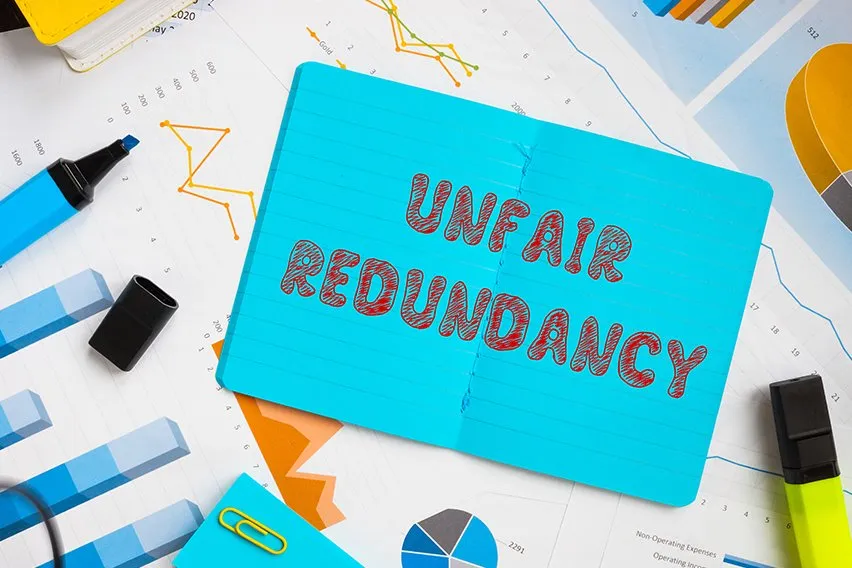Rational Choice Theory: Definition, Facts & Examples

How do you approach tasks in your line of work? If you’re like most people, you rely on rational calculations so that you can make rational decisions. And your calculations are what you base many of your objectives on. This is Rational Choice Theory in a nutshell.
The outcomes you get from your calculations help shape your own self-interests. As such, the Rational Choice approach centres on your specific project management wants and needs. Thus, you will enjoy satisfying results that offer the most benefits.
If this sounds like the kind of guidance you want in your job, read on to learn more. You’ll discover why the Rational Choice Theory is often the most suitable method of getting results. And you will see how you can start using it right away.
Here’s What We’ll Cover:
Rational Choice Theory: Up Close
Rational Choice Theory: Pros and Cons
Rational Choice Theory: Examples
Rational Choice Theory: Up Close
There are plenty of mainstream economic theories based on the Rational Choice Theory approach. Moreover, this theory relates three unique concepts, which are:
- Rational actors
- Self-interest
- The invisible hand
If neither of these concepts makes any sense, don’t worry. Below, you will learn what each concept represents so that you can use this method in your small business. Let’s start with Rational Actors and work our way down.

Rational Actors
For the Rational Choice Theory to work, it assumes that there are rational actors (people) involved. A rational actor is someone in a given economy who makes a rational decision. And these choices are based on a combination of calculations and available information.
In fact, the entire basis of Rational Choice Theory depends on rational actors. Rational Choice Theory operates on the assumption that rational people are trying to better themselves.
For example, rational actors will always work to improve their advantages under any circumstances. As such, they are also always trying to reduce their losses at all costs.
Self-Interest & the Invisible Hand
The last two concepts get lumped together, as one concept can’t function without the other. For instance, the invisible hand refers to the outside influences that affect the free market. But it requires the assumption that self-interest is once again at play.
Thus, Rational Choice Theory assumes that the rational actors involved are acting in their best interests. Thus, they can benefit the economy as a whole by working in their own interests. This is because people (actors) who do things for their good create changes in the economy, many times without the intention to do so.
Freedom comes from commerce and the economy. Whether in production or consumption, society’s best interests get fulfilled. It’s this interaction between consumers and businesses that result in the natural ebb and flow of commerce.
For example, when a product is popular, it drives up production. And from more production comes more jobs, greater demand, price fluctuations, and so on. It’s the endless cycle of consumerism. With it comes every buyer and seller’s proclivity to improve their interests.
Improving self-interest affects the invisible hand. Thus, both are based on rational decisions from actors. So as you can see, each of these three concepts can’t exist without the other. All three must be in place for Rational Choice Theory to work.
Rational Choice Theory: Pros and Cons
Like anything else, there are detractors of the Rational Choice Theory who deny that it works. The leading argument points out that rational actors aren’t always rational. This, of course, is quite true. Not everyone, businesses included, makes sound decisions in the world of commerce.
You might put all of your resources into a product that fails. Or, you might make poor investments. There are almost endless possibilities for individual actors to make bad calls. And the same can be said for a group social choice. But it’s these bad calls that keep the Rational Choice Theory alive.
Even though some decisions aren’t wise, they are acted on with the belief and hope that good will come from them. One person’s bad business decisions could affect another.
It’s also worth noting that not all poor judgments are based on emotions and outside factors. Many are the result of bad information, terrible advice, or outright scams.
But the nice thing about the Rational Choice Theory is that it lets you see the behaviours of others. This applies to individuals, groups, or businesses as a whole. Once you have this data, you can see which behaviours are rational and which are irrational.
Remember, Rational Choice Theory assumes that all behaviours and decisions are normal. As such, you can scrutinise anything in an effort to find its underlying motivation.
Take a moment to explore a quick breakdown of the pros and cons of Rational Choice Theory.
Pros of Rational Choice Theory
Rational Choice Theories make it easy to see who is being rational. As such, it’s easier for you to determine which decisions are for the good of your company and which ones should go.
If any social behaviour appears irrational, you can look into it further and explain why it’s actually a rational decision if need be. So if you have to explain a decision to your superiors — one that looks irrational from the outside — you will have the necessary data to back up your claim.
And thanks to Rational Choice models, you can provide context and meaning to everything around you. This is essential in giving you a broader perspective, which can help you make rational decisions in your industry.
This is true whether you are the one making individual choices or it is a collective action. Rational Choice theorists can use these social phenomena to ensure the best results.

Cons of Rational Choice Theory
As stated, people don’t always make the best decisions. This human action can result in a multitude of poor outcomes, including lost sales, fewer customers, low morale, and more. It doesn’t always have to be individual actions, either. A collective decision can also be dangerous.
Irrational decisions are often driven by outside factors, such as bad advice, emotions, and poor information. Although not intentional, basing business decisions on such things can lead to the poor outcomes described above.
Another drawback of Rational Choice Theory is that not everyone views money in the same way. As such, you can’t always expect decisions to be rational.
Rational Choice Theory: Examples
There are many real-world examples of Rational Choice Theory. However, for the sake of brevity, let’s look at some notable examples. The following are the results of rational behaviour:
Investors
Consider a stock investor who buys up low-cost stocks and then turns around and short-sells the high-priced ones. This is rational behaviour based on rational calculations.
Consumers
Or you are thinking about buying a new car. You do plenty of research on two vehicles and determine that they are equal in performance, safety, and other categories. But one car costs quite a bit less than the other.
Based on rational thinking and calculations, you opt for the more affordable vehicle. The same applies to any type of product or service. You use rational calculations to determine which offers the best value for your money.
Key Takeaways
You might be an established business owner. Or, you might be thinking about starting your own company. Whatever the case may be, Rational Choice Theory is an essential tool that can help you make the most of your business venture.
When you make rational decisions, you can look forward to optimal results. This often brings more traffic, easier workflow, and increased revenue.
If you’d like more assistance with your small business, be sure to head over to our Resource Hub. There, you will find additional tips and insights into small businesses and much more.
RELATED ARTICLES

 How to Start an Online Store: 10 Steps to Follow
How to Start an Online Store: 10 Steps to Follow What Is Intrinsic Value & How to Calculate It?
What Is Intrinsic Value & How to Calculate It? Sole Trader Vs Limited Company Comparison: Which Is the Best?
Sole Trader Vs Limited Company Comparison: Which Is the Best? What Is Proof of Concept (POC) & How to Create It?
What Is Proof of Concept (POC) & How to Create It? What Is The Gearing Ratio? Definition, Formula & Calculation
What Is The Gearing Ratio? Definition, Formula & Calculation How to Calculate Statutory Redundancy Pay
How to Calculate Statutory Redundancy Pay